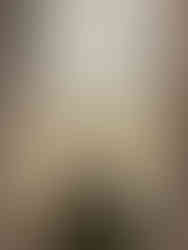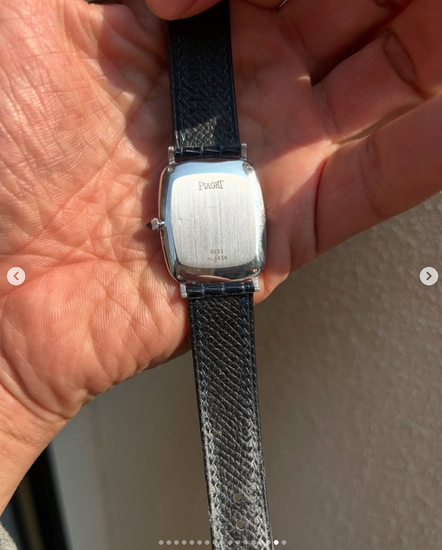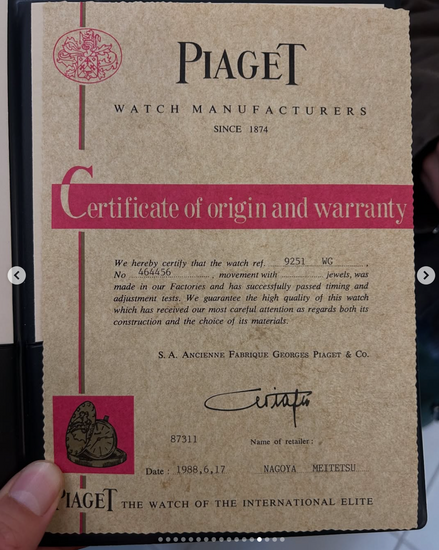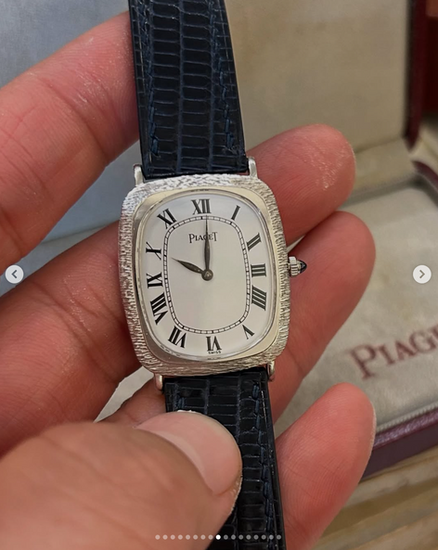- JungYeol Kim
- Oct 1
- 2 min read

Around April 2025, I suddenly had this idea about getting into the antique trade… and by August 2025, Hobak Folk Art Gallery had (soft) opened inside Building 2 of the Dapsimni Antique Mall.
The artist Cho In-sung—who used to be my antiques mentor—has now become an advisor for the gallery. One of Hobak’s small but steady dreams is to one day own a building with a store on the first floor, an artist’s studio on the second, a storage space on the third, and an office on the fourth.
[In Search of Masters #377] The GD of the Antique Scene: Artist Cho In-sung
The hardest part of running Hobak has been figuring out how to buy pieces at prices that still allow for resale. If everything cheap and popular was worth stocking, then Hobak would just buy it all and sell it right away. But then how could we ever compete with veteran shops that have been in the game for decades? Hobak needed to find its own specialty. What could Hobak’s unique strength be?
[Soobaak Skimming #337] Welcome to Antique Shopping 101: A Dapsimni Edited-Shop Vlog
Old Things / New Things / All Good Things
At Hobak, we also sell new works. Our very first “new” piece is artist Jeong Cheol-ho’s flat bottle (편병)—a reminder that Hobak is about more than just the past.
What Hobak Is (and Isn’t)
✖ Just stacking up random goods with no display plan
✖ Styling like a traditional antiques showroom
✖ Mixing antiques with mid-century modern clichés
✔ A space styled in a way only Hobak would—simple yet modern, where objects from different eras and places (mostly centered on Korea/Joseon) are subtly layered together.


























































































































